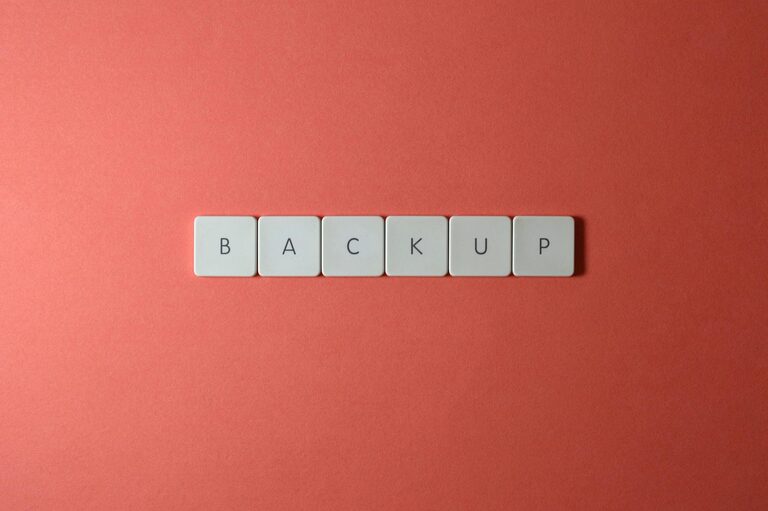
Backing up your photos and files is one of the best ways to protect your most important digital memories and documents. Whether it’s family photos, work files, or personal projects, losing data can be frustrating and sometimes irreparable. Thankfully, backing up your data doesn’t have to be complicated. In this guide, we’ll explore simple and reliable methods to ensure your files stay safe and accessible.
Why Backing Up Your Photos and Files Matters
Digital files are vulnerable to many risks including:
– Accidental deletion
– Hardware failure
– Theft or loss of devices
– Software glitches or corruption
– Natural disasters like fire or flooding
By regularly backing up your data, you create copies that can be restored in case of any such issues. This peace of mind can save you time, money, and stress down the road.
Choosing the Right Backup Method
There are several approaches to backing up your data. Often, combining two or more methods is the safest bet.
1. Cloud Storage Backup
Cloud storage services save your files on secure servers accessible via the internet.
Popular options include:
– Google Drive
– Dropbox
– Microsoft OneDrive
– Apple iCloud
Benefits:
– Automatic syncing and backup options
– Easy access from multiple devices
– Off-site storage protects against local disasters
– Often have free storage tiers
Considerations:
– Requires an internet connection
– Free plans may have limited space
– Be aware of privacy and security policies
2. External Hard Drives or SSDs
Physical drives connected to your computer can store large amounts of data.
Benefits:
– Large storage capacity at a reasonable price
– One-time cost with no ongoing fees
– Control over your stored data without third-party services
Considerations:
– Can be lost, stolen, or physically damaged
– Needs manual or scheduled backups
– Not ideal for off-site protection unless stored elsewhere
3. USB Flash Drives or Memory Cards
These smaller drives are portable and convenient for backing up select files.
Benefits:
– Compact and lightweight
– Inexpensive for smaller amounts of data
– Easy to carry or store
Considerations:
– Limited storage space compared to external drives
– Less reliable for long-term storage
4. Network Attached Storage (NAS)
NAS devices are external drives connected to your home network.
Benefits:
– Backup accessible to all devices on the network
– Can be configured for automatic backups
– Often support cloud sync for off-site backup
Considerations:
– More complex setup and higher initial cost
– Requires basic networking knowledge
Steps to Back Up Your Photos and Files Effectively
Step 1: Organize Your Files
Before backing up, take time to arrange your photos and documents into folders. This helps in finding files later and ensures nothing important is missed.
Step 2: Choose Your Backup Locations
Decide whether you’ll use cloud storage, external drives, or both. Many experts recommend the “3-2-1” rule:
– Keep 3 copies of your data
– Store them on 2 different types of media
– Keep 1 copy offsite (e.g., in the cloud or a remote location)
Step 3: Automate Your Backups
Whenever possible, set up automatic backups to avoid forgetting this important task.
– Use software that schedules regular backups to external drives
– Enable automatic sync with cloud storage apps on your devices
Step 4: Test Your Backups
Occasionally, check that your backup copies open correctly and are complete. This ensures you’ll be able to restore files when needed.
Step 5: Update Your Backups Regularly
Make backups part of your routine. Update them weekly or monthly depending on how often you add new files.
Tips for Backing Up Photos Specifically
– Consider backing up RAW image files and edited versions separately
– Use photo management software that can back up your albums with metadata
– If you share photos on social media, also keep original copies offline or in the cloud
Additional Security Measures
– Use strong passwords and two-factor authentication for cloud accounts
– Keep your external drives in a safe, dry place
– Encrypt sensitive files before backing them up for added security
Conclusion
Backing up your photos and files is a simple habit that protects your digital life. Pick the methods that work best for you, stay consistent, and enjoy the confidence that your memories and important documents are safe. Start today, and you’ll thank yourself later!




